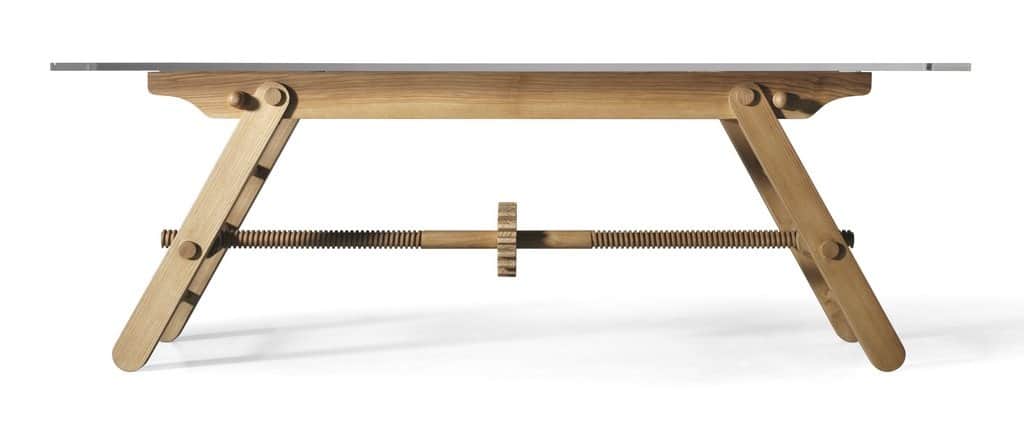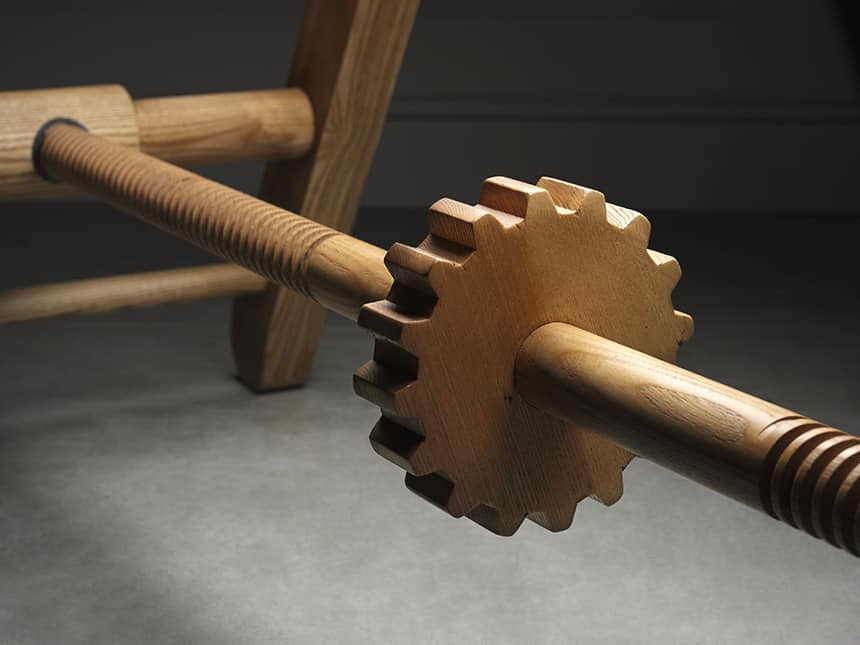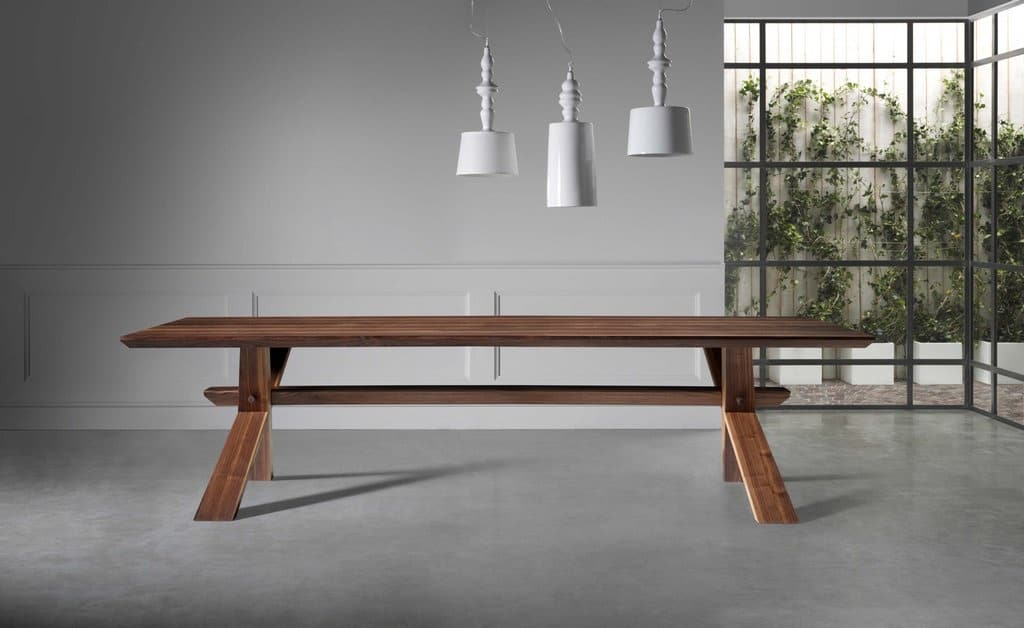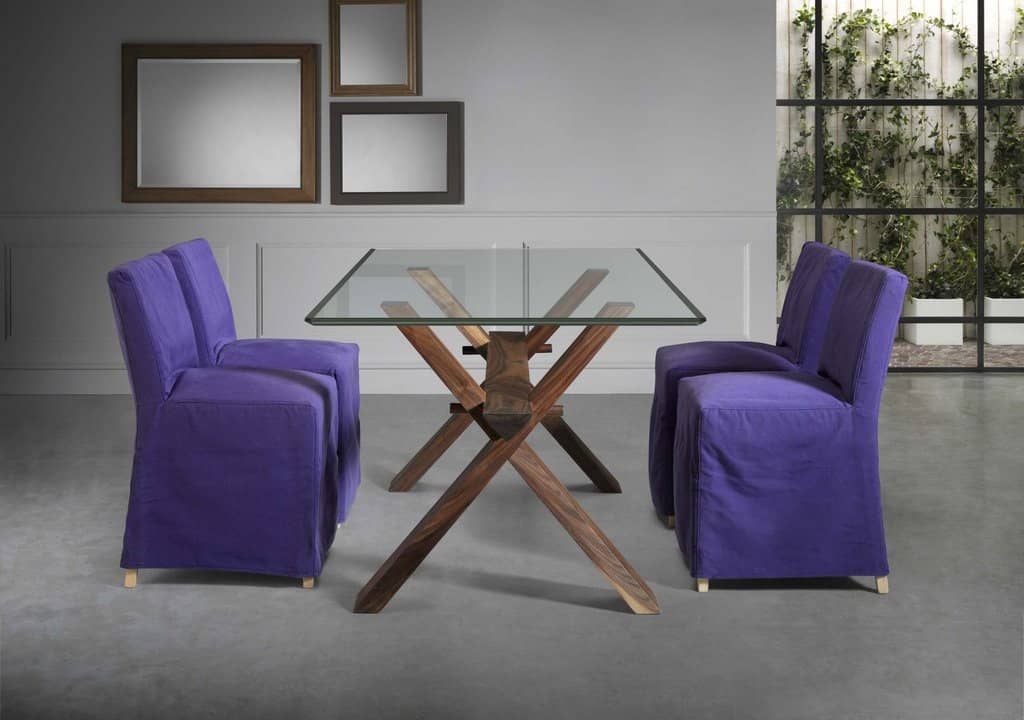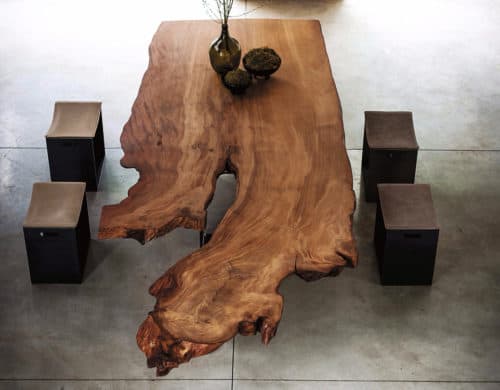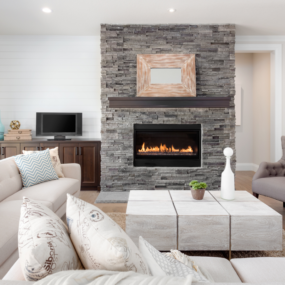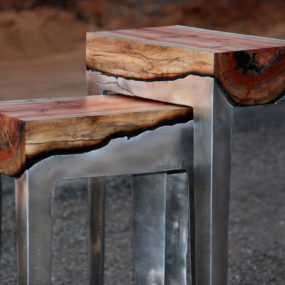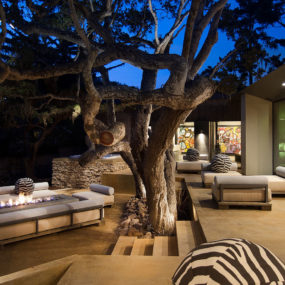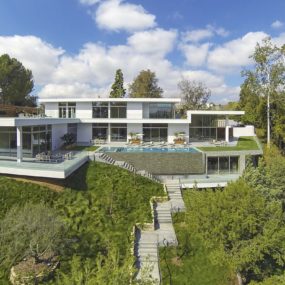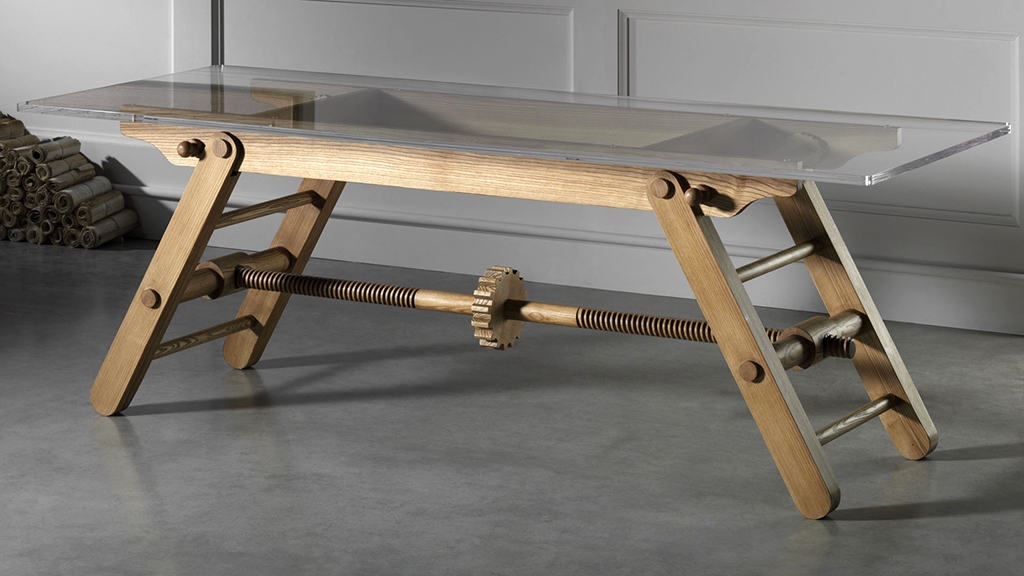
The charm and beauty of solid wood furniture and craftsmanship will never become obsolete, irrespective of the latest technologies and innovation regarding materials. That’s the principle on which Italian manufacturer L’Ottocento (The Nineteenth Century) base their whole design and production, be it for their kitchens or complements. As the name of the company suggests, the accent is set on traditional carpentry techniques, where wood joinery is chosen over metal screws and parts. However, modern mechanisms and materials are integrated whenever they can add aesthetic or functional value. The Compass and The Tenth table are great examples of the happy marriage between tradition and innovation. The Compass table is made of solid ash wood and has as special feature the fact that its height is adjustable from 78 cm, the normal height of a dining table, to 85 and/or 90 cm, the height of a working top. The adjustment of the height is possible by manually turning the 2 locks at the articulations of the legs. The rod connecting the two leg structures, in the shape of an endless screw, brings a modern interpretation of the screw bench. The beauty of this design is enhanced by the use of Perspex or extra-clear glass for the table top, which reveals the structure from various angles.
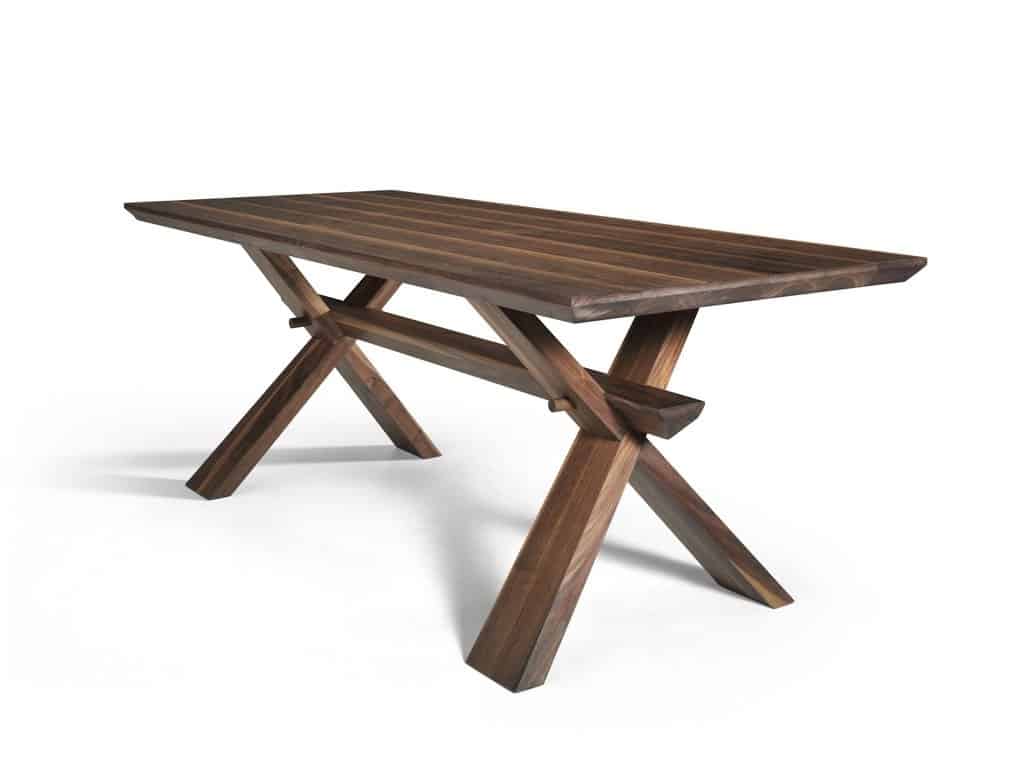
The Tenth table takes its name from the distinctive position of its legs. Entirely made of Canaletto walnut, this table is a masterpiece of craftsmanship. The whole base is made by simple wood interlocking, and is completely free of screws or metal parts. The thickness of the wood, the cleanliness of the lines and the precision of the joints define the design of this table. It could come from the rooms of an ancient castle, and yet it fits so naturally any contemporary environment. Another proof that good design is timeless!
It can be made completely in walnut, and in this case its weight and dimensions make it look noble and impressive. The glass-top version looks lighter, more modern due to the mix of materials, and the aesthetics of the joinery of the base receive a new dimension.
